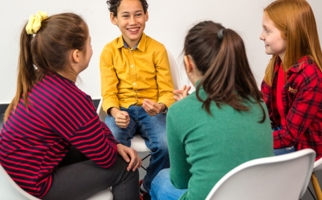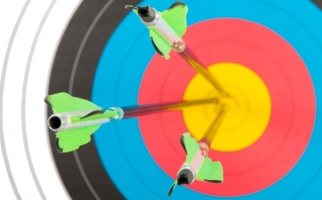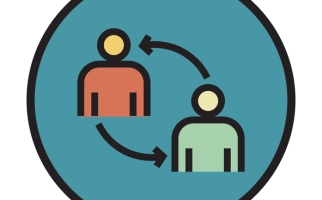
Head, Heart, Hands
Teaching STEM
This learning strategy encourages students to engage their head for critical analysis, their heart for emotional reflection, and their hands for practical application of what they have learned.

Compass Sharing
Teaching STEM
This strategy helps students engage in small group sharing and ensures equal opportunity for voice through its structured process.

Walk and Talk
Teaching STEM
This strategy helps students by providing a safe context for discussing ideas, exploring new concepts or content and applying learning in different contexts.

Flip It!
Teaching STEM
This learning strategy helps students gain new perspectives about an issue or topic and supports problem-solving.

Circle of Control, Influence and Concern
Teaching STEM
This learning strategy helps students identify challenges and then consider areas where they can focus attention on actions.

Fishbone
Teaching STEM
This learning strategy helps students analyze the underlying cause and effect of problems.

Plus, Minus, Interesting
Teaching STEM
This learning strategy helps students examine ideas, concepts, and experiences from more than one perspective before drawing conclusions or making decisions.

Card Sort
Teaching STEM
This learning strategy helps students sort and categorize concepts based on meaning.

Two Minute Review
Teaching STEM
This learning strategy helps students process and consolidate new information through an active learning process.

Jigsaw
Teaching STEM
This learning strategy helps students to divide larger amounts of information into smaller, more manageable chunks and engages students in collaborative learning.

Think, Puzzle, Explore
Teaching STEM
This learning strategy helps students activate prior knowledge and generate questions about a topic.

Troika Consulting
Teaching STEM
This learning strategy helps students find solutions with the support of a collaborative group.

Give one, Get one
Teaching STEM
This strategy helps students organize ideas and share their thinking with others.

Inside-Outside Circles
Teaching STEM
This strategy helps students share ideas with peers in a structured fashion.

Bumper Stickers
Teaching STEM
This strategy supports students in synthesizing their learning of a main idea or principle.